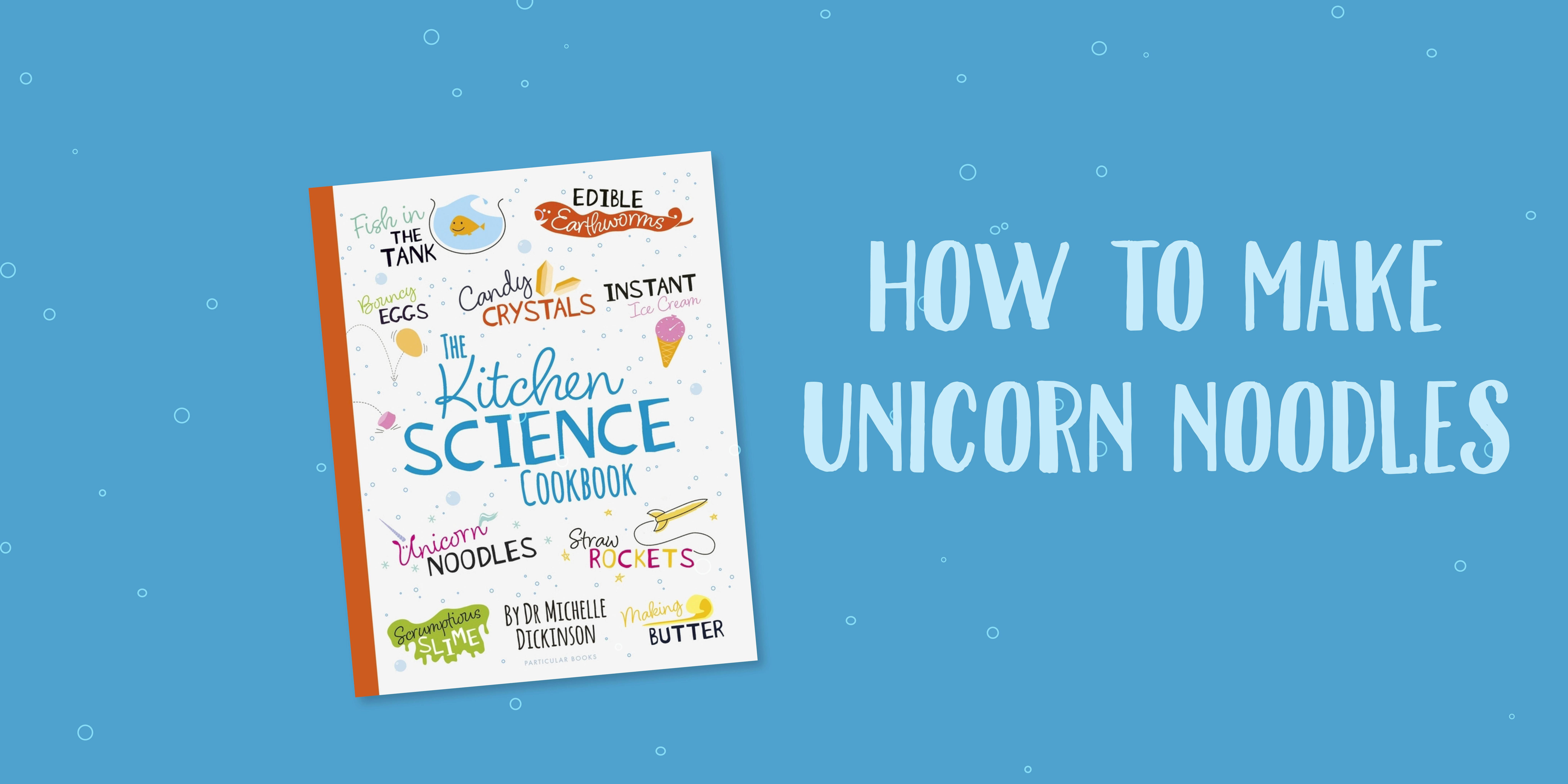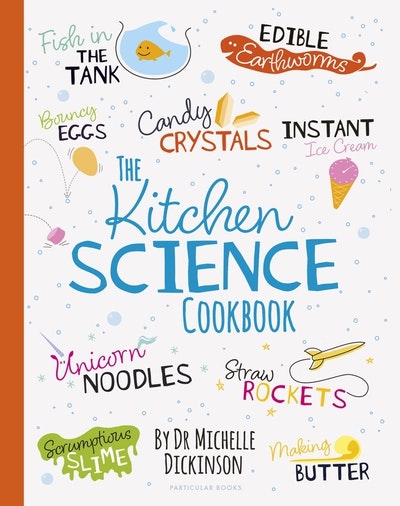These amazing and edible unicorn noodles can transform from purple to blue or pink right in front of your eyes!
Equipment & ingredients
- Large saucepan
- Knife
- Stove
- Large heatproof bowl
- Sieve or colander
- Red cabbage
- Lemon
- Clear noodles (vermicelli or glass noodles work well)
- Hot water
Instructions
1. Roughly chop the purple cabbage leaves and place in the saucepan.
2. Add enough water to the saucepan to half cover the cabbage leaves.
3. Bring to the boil and cook for 5 minutes on the stove.
4. Place a colander over a large heatproof bowl and strain the hot cabbage.
5. Put the cabbage aside – if you like, you can add a pinch of salt and a dash of vinegar to make it into a tasty side dish!
6. Pour the cabbage juice back into the pan and add the noodles.
7. Simmer for 5-10 minutes, until the noodles are soft and purple.
8. Use the colander to drain off the water and transfer the noodles to a plate or bowl.
9. Squeeze fresh lemon juice onto the noodles and watch them turn pink!
%20unicorn%20noodle.jpg)
The science behind Unicorn Noodles
Purple cabbage is purple due to a pigment called anthocyanin. This same pigment is also found in blueberries. As the cabbage boils, the anthocyanin leaches out into the water. When the dehydrated noodles are added to the cabbage water the anthocyanin is absorbed.
Scientists use a scale called the pH Scale to describe the concentration of hydrogen protons in a solution. With 7 being neutral, a pH of less than 7 means the solution is acidic whilst a pH of greater than 7 means the solution is alkaline. Anthocyanin changes colour depending on the pH of the solution it is exposed to. When it is neutral (or at a pH 7) it is purple, but if it comes into contact with something acidic such as lemon juice, it turns pink. An alkaline solution, on the other hand, would make the anthocyanin turn blue, green or even yellow. In addition to being a tasty snack, the unicorn noodles are also an edible pH meter!
All these science-inspired recipes, and more are available in The Kitchen Science Cookbook!














